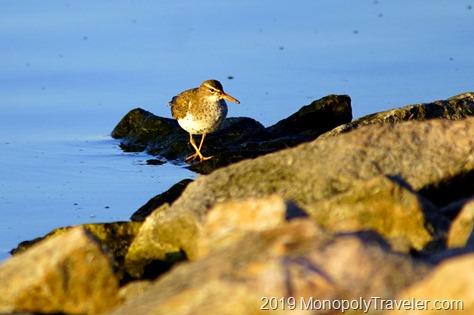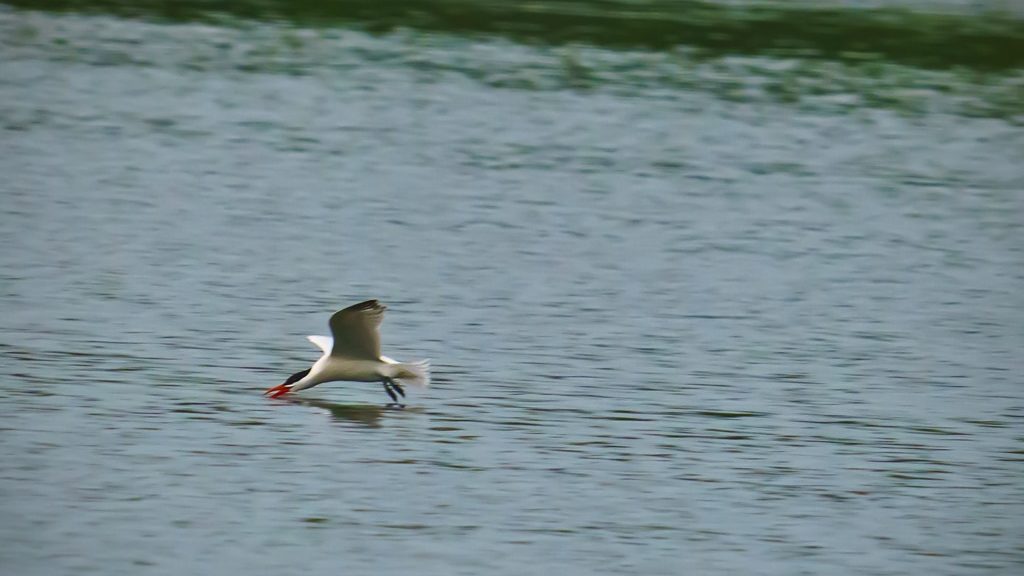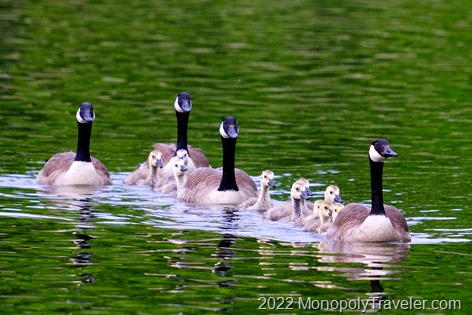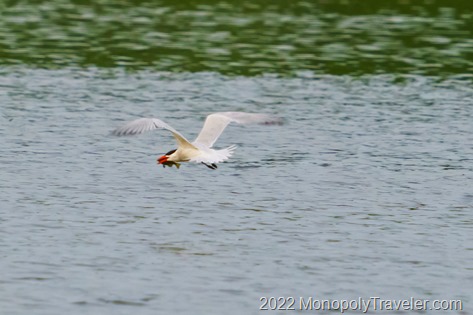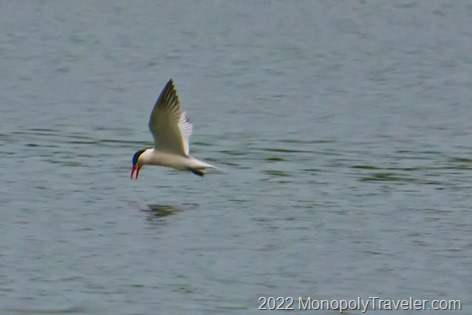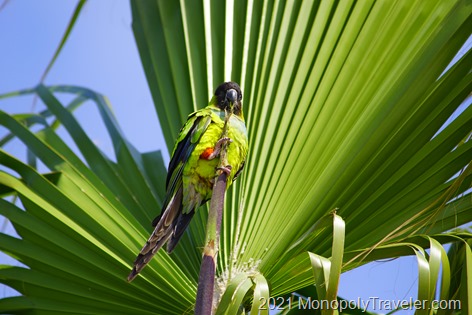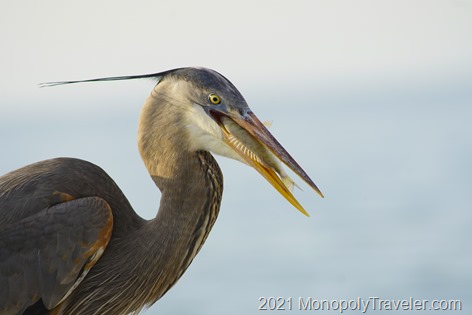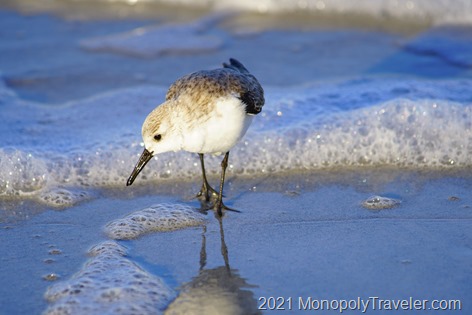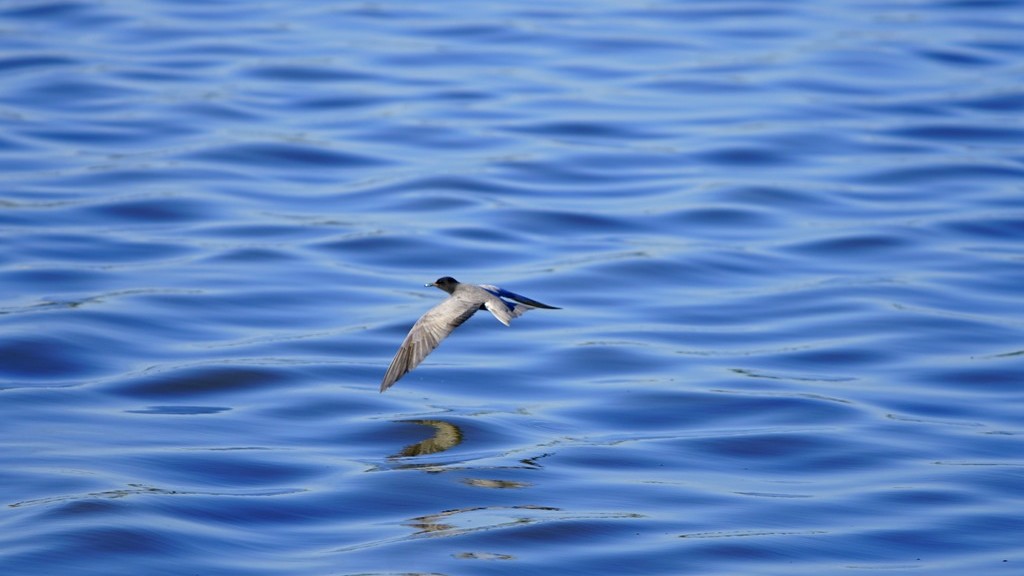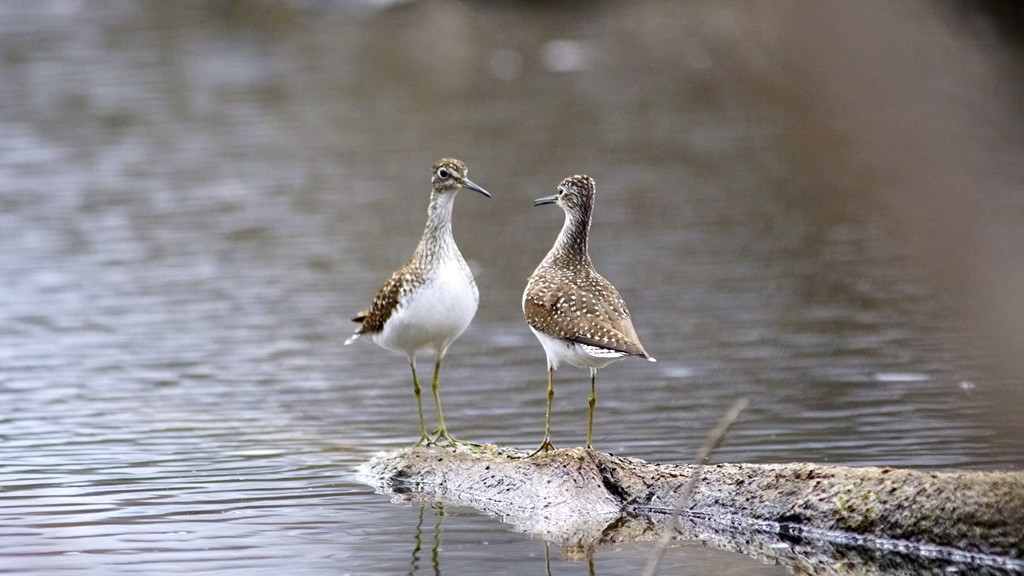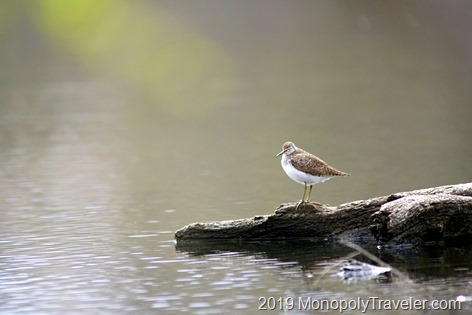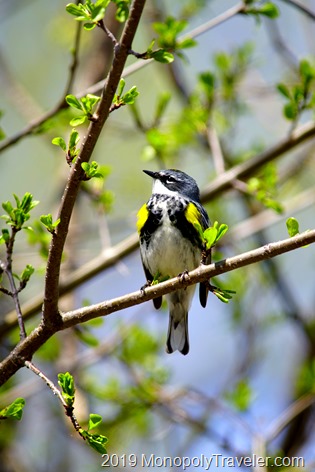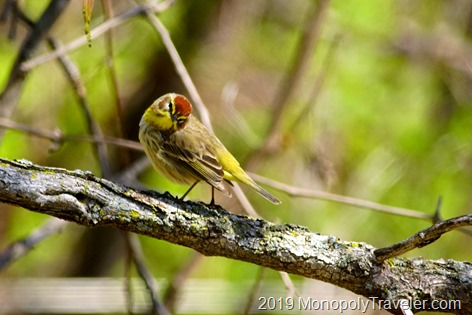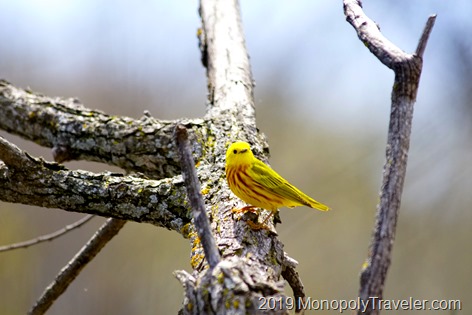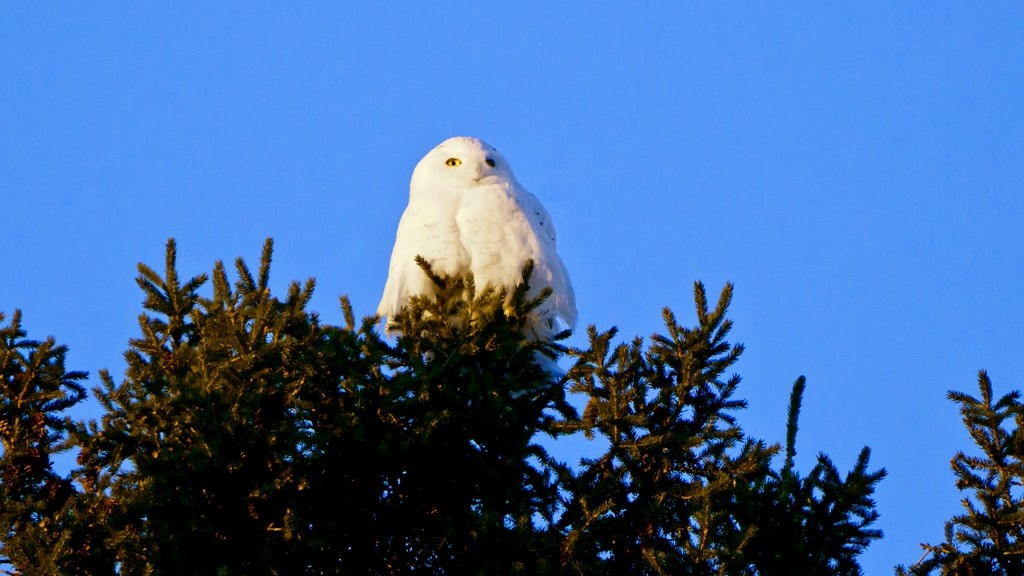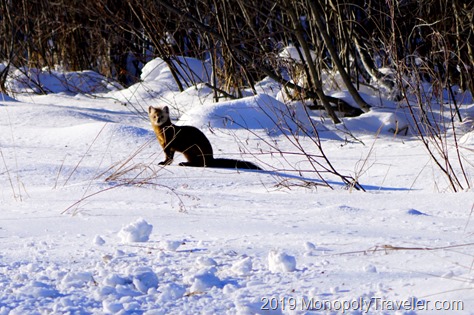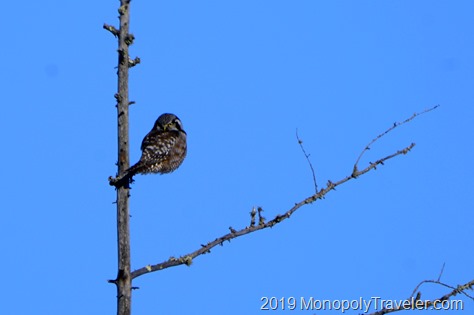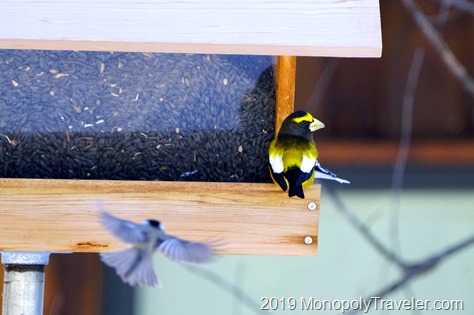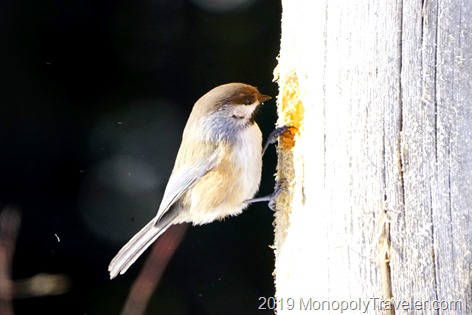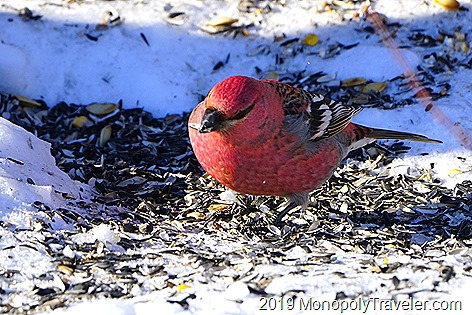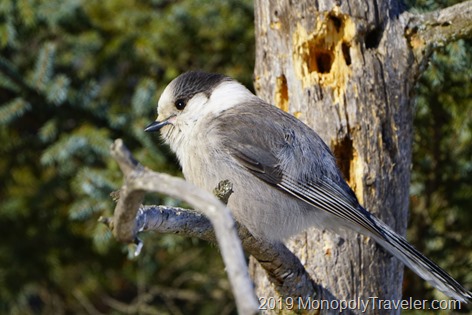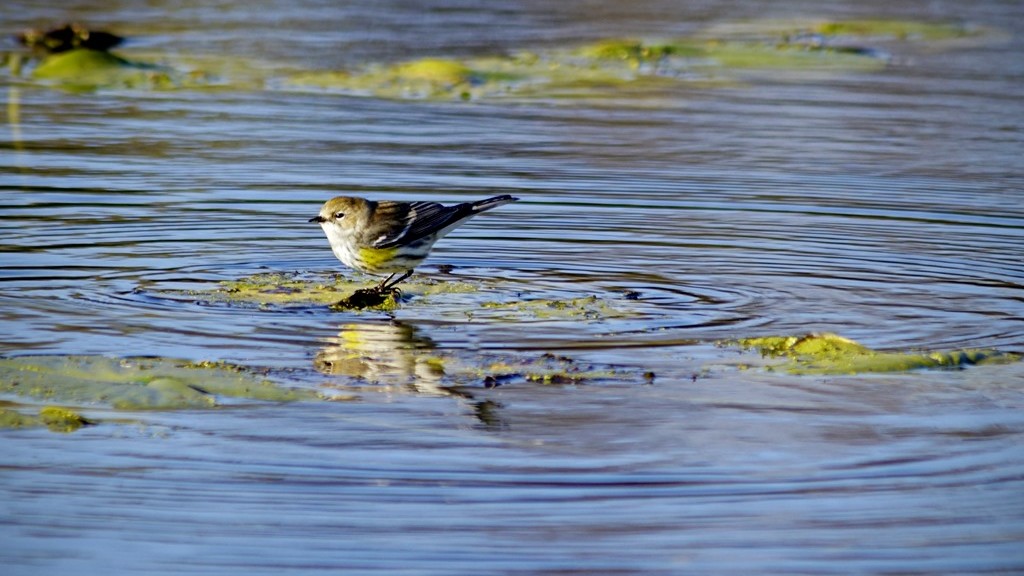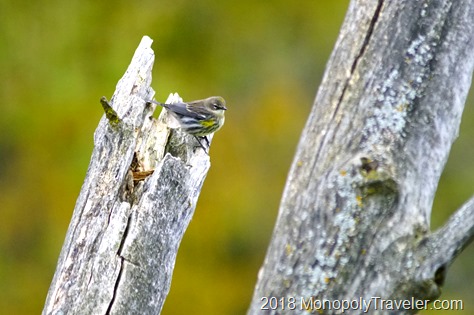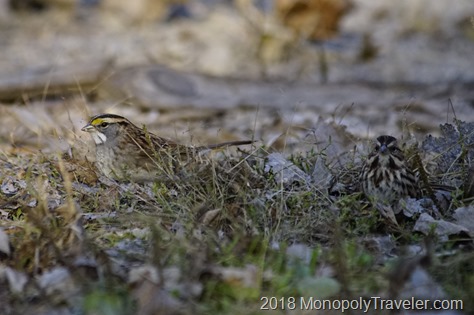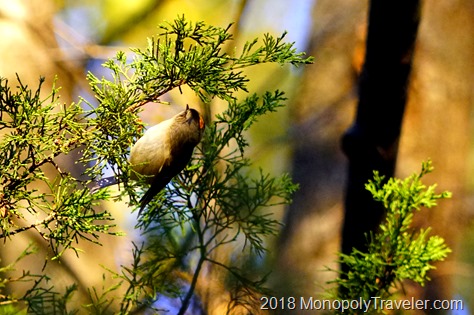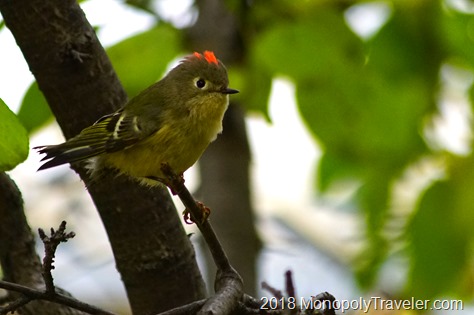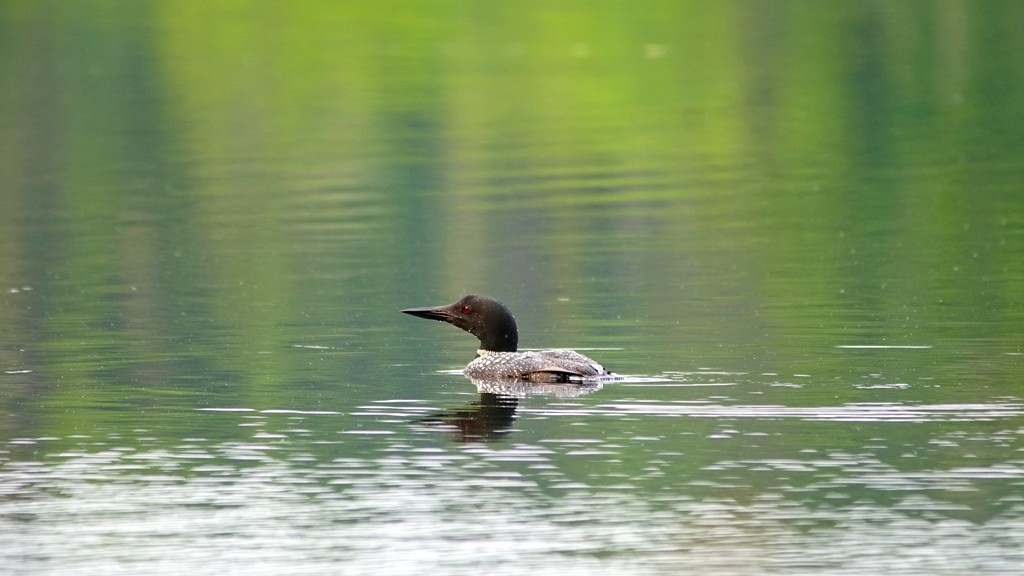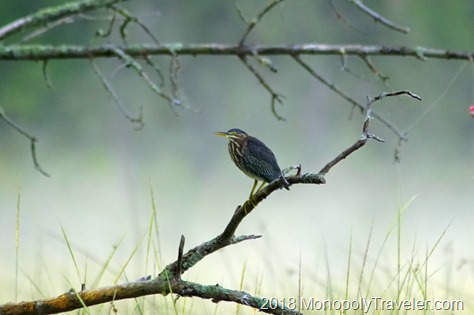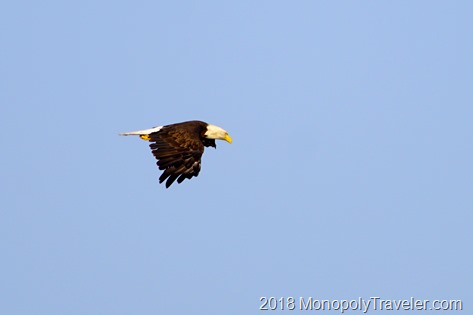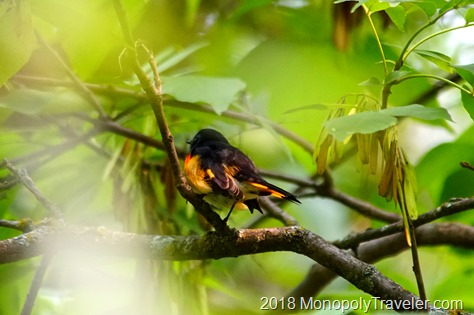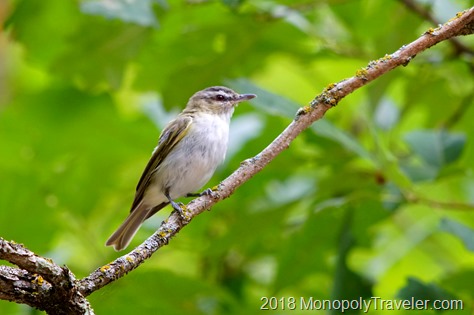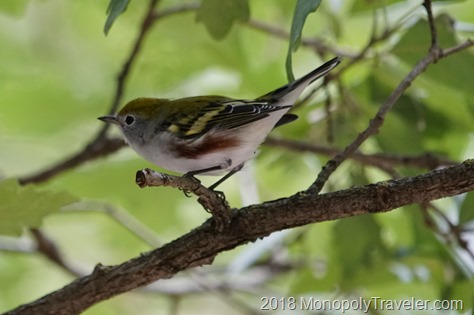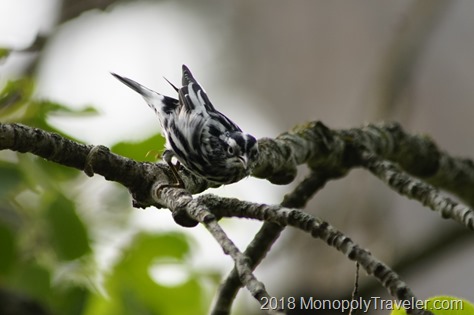With Memorial Day weekend quickly approaching, the camping itch began to get worse. In addition I had some new camping gear I wanted to try as there was a string of camping trips coming soon. I thought it would be a good idea to try this gear and make sure it was going to work as I wanted it to before these trips just in case there were some adjustments to make. Also, I was looking into deep space photography and wanted to give it a try. Try and find a campground on Memorial Day weekend just a few days beforehand. And find one with dark enough skies to photograph the night sky. All of the State Parks close to me were of course booked up but fortunately Minnesota’s State Forests are first come, first serve. I located Birch Lake State Forest. Far enough away from the Twin Cities to be dark enough but close enough to drive to for one night of camping.
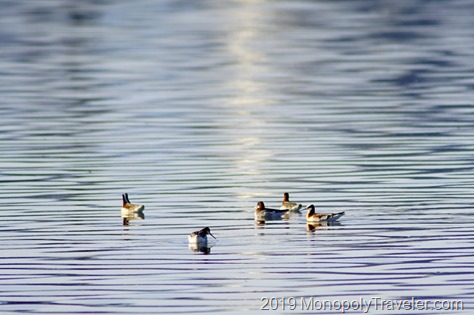
Arriving late afternoon I strolled through the camp ground hoping for at least one spot to set my tent on and as luck had it, there was one. And only one! I got the last open campsite for the night. What luck! The excitement and anticipation of beginning the camping season set in. I quickly filled out the required permit, paid my fees, and set up my tent and sleeping gear. There was several hours before nightfall so what else to do? I had heard of a retention pond about 20 minutes away housing several different types of birds on their migration north. So off I went to see if I could find this pond. Fortunately it was relatively easy to locate and get to. Finding a spot along the dirt road next to this pond I pulled over and got out my camera equipment as there was movement on the water in different areas. One of the species that I’ve never seen before were these Phalaropes. They had some interesting colors and patterns along with an entertaining method for finding food. They swim in small circles while plucking food coming to the surface inside of this circle. A lot of fun to watch multiple birds doing this all at the same time. Another bird I’ve not photographed before was the Black Tern in the top picture.
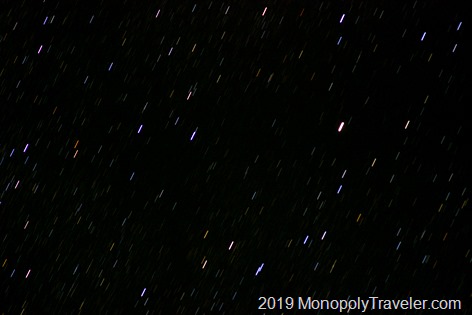
As the sun set, I packed up and headed back towards camp to prepare for some nighttime photography and see if it is indeed possible to actually photograph a nebula or galaxy without a telescope. Taking some time to eat while the sky continued to grow darker I was beginning to feel the effects of the day and becoming comfortable in my chair with a small fire going. Eventually shaking that off it was time to grab the camera and head to nice clearing to check out the night sky. As my eyes continued to adjust to the dark sky above, I set the camera on a tripod with my long lens usually reserved for close ups of wildlife. Will this work? I zoomed in on a star and adjusted the focus and camera settings to begin testing deep space photography. No matter what I tried I could not get a sharp image of the stars. There was always movement which is likely from the rotation of the Earth. I didn’t have a skytracker which was a debate before heading north. That will have to be an addition to my equipment if I want to continue trying to capture deep space objects like the Orion Nebula.
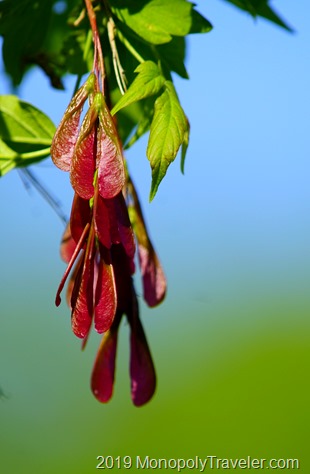
Since the deep space thing was a bust, I focused more on spring flowers, plants, and migratory birds. I decided to call it a night, albeit a little disappointed about the deep space attempt and lack of success, as the sun would be rising in a little over 3 hours. Waking up with light already beginning to illuminate the sky, it was time to get up if I wanted to capture the sunrise coming up over Birch Lake. It almost appeared cloudy at first but as I studied the sky a bit more I could see that it was clear. There was no sunlight on the trees above so I figured there was a few minutes more as I was moving a bit slow on this morning after a cold night of trying to get some sleep. I just never warmed up allowing me to drift off into a deep sleep making me quite a bit less energetic this morning. Finally beginning to move towards the lake, it was obvious I was too late as the sun was already above the horizon. It would have been a great sunrise to capture too as there was some nice fog covering the horizon.
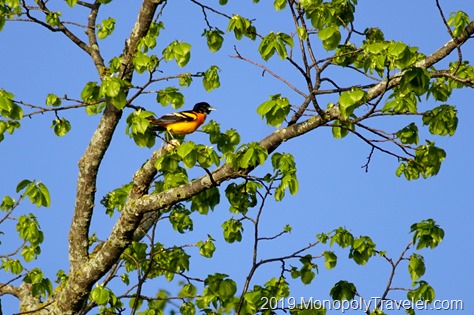
Well now I’m really irritated and about to call this first camping trip of the summer a failure as I failed at deep space photography and now missing the sunrise. At least there are some spring blooms and plenty of birds to add to my collection of photos. Before leaving the lake, a beautiful Baltimore Oriole flew into a nearby tree and began singing for me which helped to lighten my mood. Also a Loon swam close by and began calling out across the lake while a white Pelican was spotted swimming off in the distance. Those were enjoyable sights to watch and sounds to hear welcoming the suns warmth to begin a new day.
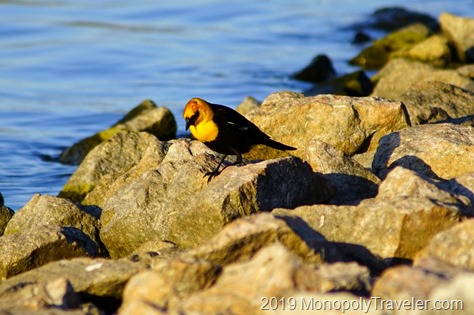
Walking along one of the trails, the bright and colorful seeds hanging from a nearby tree caught my attention and could make for a beautiful photograph. I spent a few minutes trying to capture this subject before moving on. You can see one of those shots above with the red, young seeds dangling from a branch. With the sun continuing to move higher in the sky, I returned to the retention pond from the evening before to see if I could capture a few more types of birds. While watching for a little while a Yellow Headed Blackbird came walking up along the shoreline. They are supposedly plentiful but I had never seen one before so this was a nice treat. Photographing as it moved in and out of rocks near the water searching for food was quite enjoyable. Occasionally seeing it reach down to grab something and moving on.
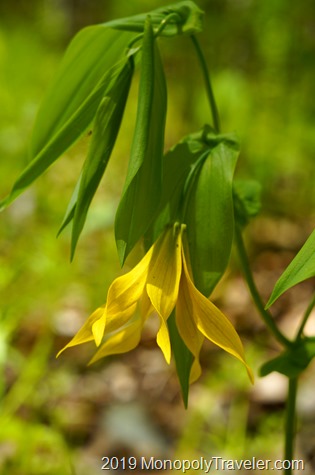
Eventually another bird I definitely have not photographed before came walking up on the shoreline also. This was a Sandpiper and was equally as interesting to watch as it searched to shoreline, stopping occasionally to pluck a morsel out of the water to eat, and then continuing on along the water. It continued to move closer towards me allowing me to watch it through my lens and see its every move. I enjoyed this opportunity to learn more about this shore bird. The Phalaropes were still in the area along with some Red Headed ducks and what I believe were Ruddy ducks but they were all pretty far away to get any decent shots of them. Along one of the trails in the area, several spring wildflowers where in bloom including the beautiful Bellwort in the photo above. This all made for a nice mid spring day before needed to get back to the campsite and pack up to go home. I look forward to my upcoming trips in the great outdoors of Northern Minnesota even more now.
